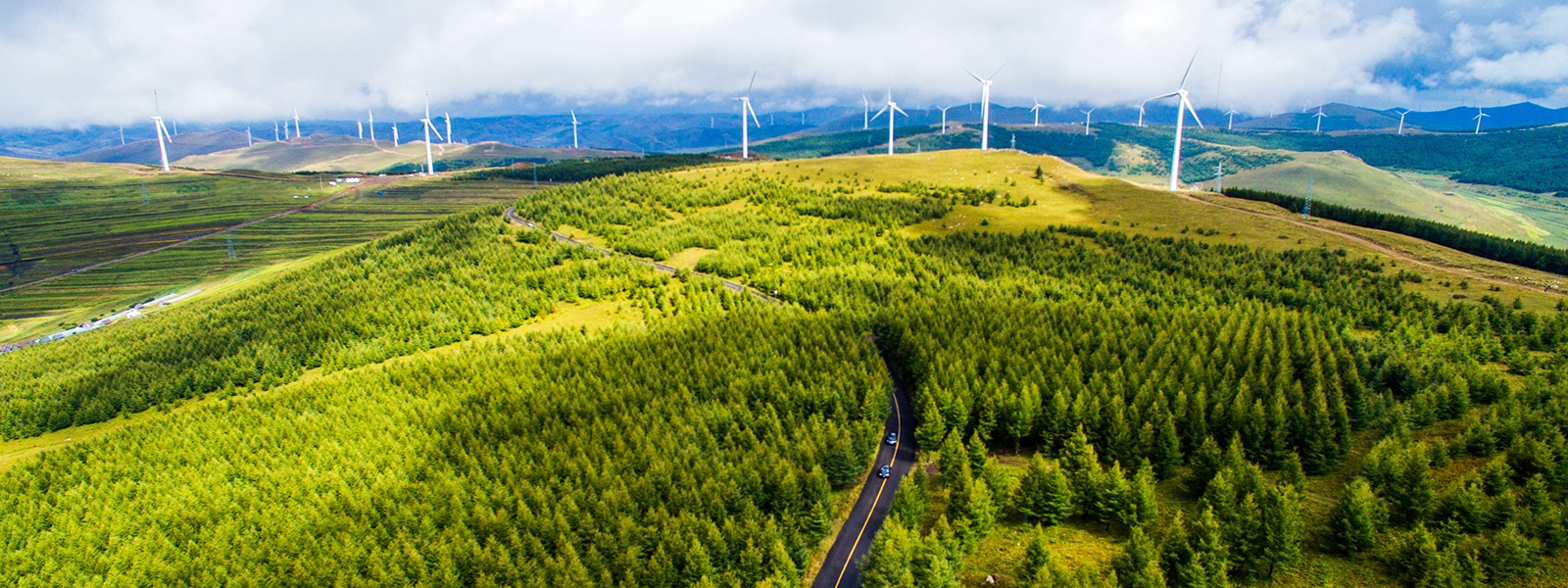Incorporating Diversity into Renewable Energy Procurement
In our first two posts in our Pathways to a Successful Aggregation blog series, we’ve discussed various ways to convene a renewable energy aggregation buying group and how to build an effective aggregation team. In this third and final post of the series, we’ll explore the role that diversity can play in a renewable energy procurement once you have your team of buyers in place.
Companies engaging in long-term purchasing arrangements for renewable energy supply are committing themselves to a long-term relationship with a new supplier. These renewable energy purchases represent a significant financial commitment to that supplier — the project developer. With this in mind, contracting for renewable energy represents an ideal platform for buyers to assert a preference for suppliers who are aligned with their own environmental, social, and governance goals. Indeed in some cases, the team executing the energy purchase is also responsible for Scope 3 or sustainable purchasing goals; these procurements allow the sustainability team to “walk the walk”.
When soliciting offers for a renewable energy project, it’s both common and encouraging to see buyers infuse the RFP with specific criteria concerning the project’s environmental profile. It’s far less common, and certainly more revealing as a differentiator, to apply environmental and social criteria to the supplier. We tackled this in a recent aggregated procurement, which included several buyers with goals and programs around sustainable procurement and doing business with diverse suppliers.
Smaller Buyers, Larger Influence
In an aggregation, the individual purchasers are often seeking comparatively small renewable contracts. On their own, these companies may feel as if — or even be told by their advisors or prospective vendors that — their purchase is not large enough to warrant special treatment or unique considerations such as incorporating diversity disclosures into their RFPs. (As an aside, we’d advise these smaller buyers to find a different advisor or a different supplier…) In any case, joining an aggregation makes these smaller buyers far more interesting to their potential suppliers. This provides the perfect opportunity to communicate and emphasize the larger context of environmental performance and social change that many sustainability teams are aiming to achieve.
Diversity & ESG Criteria
In support of our forward-thinking clients, we’ve incorporated a variety of environmental, social, and governance criteria into recent project RFPs, in addition to criteria related to the project’s environmental and social performance. The information provided by bidders makes up part of our qualitative supplier scorecard, a companion to our quantitative project analysis. Our goal is not to be comprehensive, but rather to ask focused “indicator” questions which give us a solid sense of whether the supplier is working toward a broader vision of a sustainable future.
Examples of such questions include:
- Diversity: Is the supplier certified as a small, minority-owned, women-owned, or disabled veteran-owned business? What proportion of the company’s staff are women, and what proportion are people of color? What proportion of its governing body are women or people of color?
- Sustainability programs: Does the vendor publish a sustainability report? Does the vendor calculate and publicly report its GHG emissions? (The positive response rate on this question is shockingly low!)
- Local benefits: What are they doing to benefit the local community, beyond job creation? How do they show up as a sustainable and responsible neighbor?
We’ve been encouraged by how many of our customers are not only on board with including such questions in the evaluation criteria for our project procurements, but who also actively engage in understanding and evaluating vendor responses.
In 3Degrees’ recent aggregated renewable energy procurements, these ESG criteria haven’t overruled price and other terms in our final project selection. However, they have influenced our decisions on short-listing projects for deeper consideration, and we have chosen to give certain suppliers with strong performance in these areas an opportunity to re-bid their project terms so as to provide the most competitive offer possible. Equally important, we hope we’ve sent a clear and consistent message to all bidders that our clients would prefer to do business with companies who are working toward a sustainable future across multiple dimensions.
In our view, there’s simply no excuse for companies who are doing business in renewable energy to be complacent in their own sustainable performance.
This is especially true for those who hope to become long-term partners with corporate sustainability leaders. We applaud those developers already on the journey, and hope they are joined by many others very soon.


